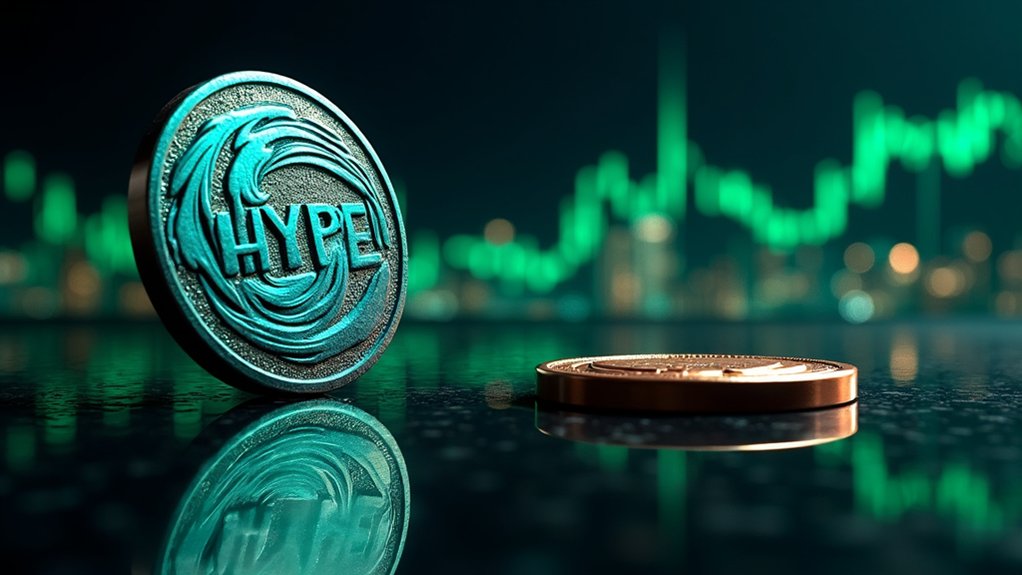How significant is the recent ascent of tokenized gold within global capital markets, given its rapid expansion toward an estimated $2.9 billion capitalization as of September 2025, concurrent with trading volumes in excess of $3.2 billion for flagship tokens such as XAUT and PAXG, a roughly 900% market-cap increase during 2025, and analyst projections that, notwithstanding regulatory and operational frictions, the segment could expand toward a multitrillion-dollar footprint by 2030;? The phenomenon reflects a confluence of regulatory challenges and technological innovations that together shape market structure, liquidity provisioning, and custodian frameworks, as market participants assess legal clarity, custody standards, and smart contract integrity while simultaneously deploying distributed ledger architectures and token standards to improve fractionalization and settlement efficiency. The surge in tokenized gold capitalization, when situated within the broader real-world asset tokenization expansion that surpassed $25 billion in 2025, demonstrates a structural shift toward digital representations of physical commodities, driven by investor demand for inflation hedges, 24/7 tradability, and integration with decentralized finance protocols that permit composability and novel risk transfer mechanisms across on-chain and off-chain ecosystems. Empirical indicators, including central banks’ cumulative gold purchases exceeding 1,086 tons in 2024 and physical bullion reaching record nominal levels near $3,800 per ounce in 2025, provide fundamental support for token valuations, reinforcing redemption guarantees and auditable reserve linkages that underpin market confidence even as counterparties navigate operational due diligence and auditability requirements. Leading platforms such as Tether Gold (XAUT) and Paxos Gold (PAXG) have achieved material scale, evidenced by combined trading volumes above $3.2 billion and market valuations in the low billions, thereby attracting institutional allocations of up to 20% in certain portfolios, which further amplifies liquidity but also concentrates dependence on platform-specific governance, reserve attestation procedures, and jurisdictional compliance. Looking forward, trajectory estimates toward multi-trillion dollar adoption by 2030 implicitly assume resolution of cross-border regulatory harmonization, standardized custody and audit protocols, and continued technological enhancements that reduce counterparty risk, increase transparency, and enable interoperable settlement rails between traditional financial systems and blockchain-based markets. Analysts also note that spot gold prices reaching record highs have been a principal driver of investor interest. Recent institutional demand trends further validate this shift, with institutional allocation surveys showing growing appetite for tokenized precious metals.
Author
Tags
Share article
The post has been shared by 0
people.









